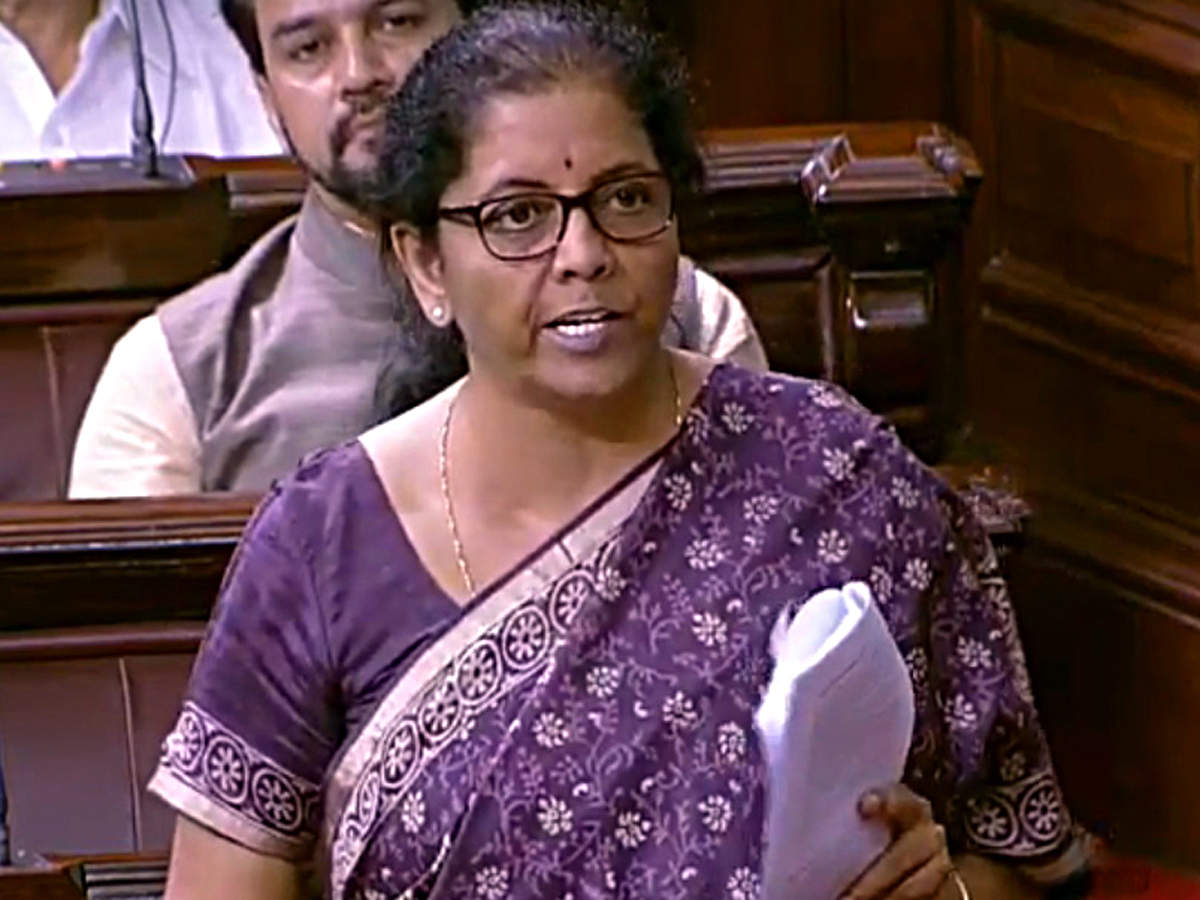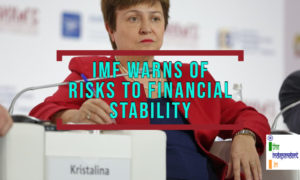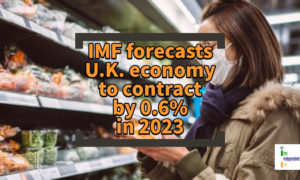
Sep-quarter GDP growth of Indian Economy hits six year low at 4.5%
As per the latest data released by National Statistic Office of India, the Q2 (July-September 2019) Gross Domestic Product (GDP) growth rate fell to 6 years low to 4.5%, making the revival of prospects blur.
The GDP growth rate for the same quarter in 2018-19 was 7.1%. The factors responsible for the continuously falling growth rate are weak manufacturing, falling consumer demand and private investment and a drop in exports due to a global slowdown. The inefficiency of Government agencies in tackling the economic crisis, prolonged financial stress among rural households, paucity of jobs, credit crunch among Non-Banking Financial Companies (NBFCs), have also resulted in slowdown of the Indian economy.
In the previous quarter of April-June 2019, the growth rate stood at 7-year low at 5% as compared to 8% for the same period in 2018-19.
Terming the growth rate as ‘unacceptable’, the Former Prime Minister of India – Dr. Manmohan Singh said, “Aspiration of our country is to grow at 8-9%. Sharp decline of GDP from 5% in Q1 to 4.5% in Q2 is worrisome. Mere changes in economic policies will not help revive the economy.”
The Gross Value Added (GVA) growth during the 2nd quarter stood at 4.3%, as against 6.9% for the same period in 2018-2019. The GVA for April-June 2019 was 4.9%. The Gross fixed capital formation at current prices declined sharply to 1.02% as compared to 11.8% for the same period in 2018-19.
Talking about first six months of the year, (April-September 2019), the economic growth rate stood at 4.8% as against 7.5% for the same period in 2018-19.
Separately, India’s fiscal deficit for the period April-October 2019 was Rs. 7.2 trillion, or 102.4% of the budgeted target for the current financial year. Besides, the output of 8 core infrastructure industries in the economy contracted by 5.8% in October 2019, indicating the severity of the economic slowdown. All infrastructure sectors, except refinery products and fertilizers, contracted. Contractions in the output of coal (-17.6%) and electricity (-12.4%) were the steepest.
However, the Ministry of Finance (MoF) is still very positive with regards to progress of the economy.
Speaking on the occasion, the Secretary of Department of Economic Affairs – Atanu Chakraborty said, “The fundamentals of the Indian economy remain strong. GDP growth is expected to pick up from third quarter of 2019-20.”
The Chief Economic Advisor (CEA) to Government of India – Krishnamurthy Subramanian said, “We are saying again that the fundamentals of the Indian economy continue to be strong. GDP is expected to pick in the quarter three.”
Prior to this, on November 8, 2019, the United States (U.S.) based global rating agency Moody’s Investors Service had downgraded India’s sovereign rating (Baa2) outlook from ‘stable’ to ‘negative’.
Indian Ministry of Finance has reacted strongly after U.S. based global rating agency Moody’s Investors Service downgraded India’s sovereign rating outlook from ‘stable’ to ‘negative’
At that time, MoF, had reacted strongly to the ratings of Moddy’s. The MoF believes that the fundamentals of India’s economy remain quite robust and the recent series of reforms, undertaken by MoF, would stimulate investments and strengthen the economy.
Countering the Moody’s rating, the MoF gave the reference of World Economic Outlook, a biennial report by International Monetary Fund (IMF), which states that Indian economy will grow at 6.1% in 2019 and will reach upto 7% in 2020.







